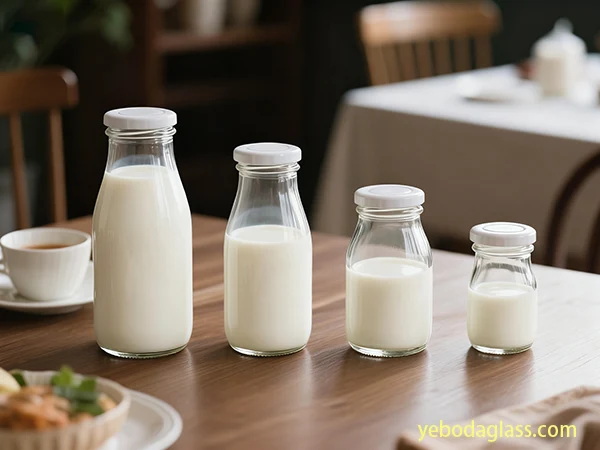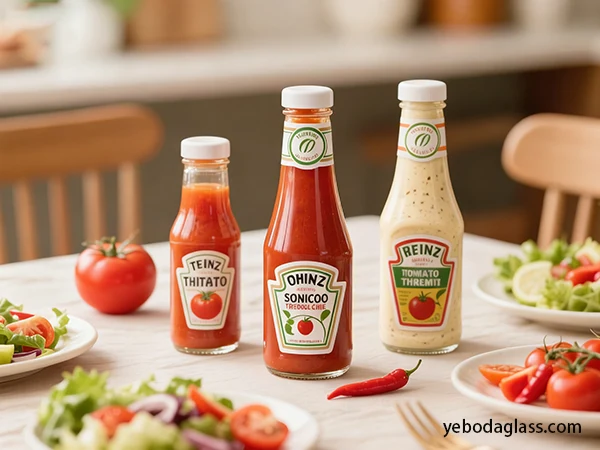Introduction
Have you ever wondered if that does bottled water go bad? What does the inconspicuous “best before date” on the bottle mean? Today, we will delve into the “lifespan” of bottled water and uncover its unknown secrets!
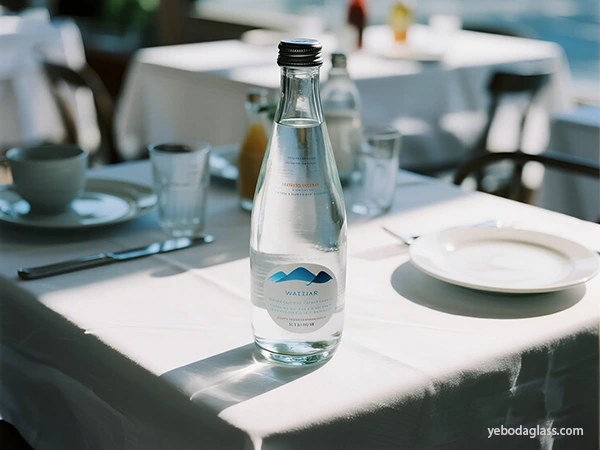
Definition of "spoilage" of bottled water
Bottled water can indeed go bad, though not always in obvious ways. The main concerns when considering “does bottled water go bad” are:
- First, there’s a potential health risk. Even though bottled water is typically sterile when sealed, improper storage can allow microorganisms to grow. Also, chemicals from the plastic bottle might leach into the water over time, especially in warm conditions.
- Second, you might notice changes in taste, smell, or appearance. The water could develop a plastic-like odor, taste strange, or become cloudy or murky.
- Lastly, the chemical makeup of the water might shift slightly over time. Trace minerals can change, and the slow breakdown of the bottle itself may affect the water’s purity and taste.
So while water itself doesn’t “expire,” its quality and safety can degrade over time depending on how it’s stored and how long it’s been bottled.
The driving force behind chemical and microbial changes
The “deterioration” of bottled water is the result of the combined action of chemical and microbial processes.
Plastic precipitation: the "secret" in the bottle
Plastic bottles are not completely inert. Under high temperature or direct sunlight, the chemical components in plastic will slowly precipitate into the water:
- Antimony: a catalyst for the production of PET plastics, the content will increase at high temperatures.
- Phthalates: plasticizers, which may be present in bottle caps or label adhesives and are considered endocrine disruptors.
- Bisphenol A (BPA): used in PC plastics (such as large water dispenser barrels), it is also an endocrine disruptor.
The rate at which these substances precipitate is affected by temperature, light, storage time and plastic quality.
Oxidation: "corrosives" in the air
Trace quantities of dissolved oxygen inside the water and a small quantity of air inside the bottle may additionally participate in the oxidation response. If the water contains trace quantities of natural be counted or minerals, oxidation may additionally purpose them to decompose, produce odors or affect the flavor.
Microbial proliferation: invisible "life"
Although bottled water is exactly filtered and disinfected for the duration of filling, it isn’t always really sterile.
- After beginning: Bacteria, dirt or oral microorganisms within the air may input and multiply swiftly at a suitable temperature, causing water fine deterioration, odors and even health issues.
- Unopened however improperly saved: A humid, moldy environment may additionally cause microorganisms to develop at the bottle cap or the outdoor of the bottle, growing the threat of infection. After long-time period garage, even pure water may also discover low degrees of heterotrophic bacteria.
The growth price of microorganisms is closely associated with temperature, and a warm environment is its breeding ground.
The "personality" of water: the effect of various types of water on stability.
The composition variations of different styles of bottled water determine the storage balance.
Ordinary purified water and mineral water: especially solid
- Pure water: After multiple remedies, it consists of almost no minerals, microorganisms and impurities, and is noticeably solid chemically. The foremost risks are plastic bottle precipitates and microbial contamination after commencing.
- Mineral water: Contains natural minerals and may be more liable to exchange below certain situations (which include mineral oxidation to shape precipitation). Overall, under right storage conditions, both are the most stable sorts of bottled water.
Sparkling water: the "double-edged sword" of carbon dioxide
Sparkling water consists of dissolved carbon dioxide (CO2).
- Advantages: Carbon dioxide bureaucracy a weakly acidic surroundings, which inhibits bacterial growth to a positive extent.
- Disadvantages: CO2 solubility is laid low with temperature and pressure. High temperature or horrific sealing can cause bubbles to break out and the flavor to end up worse.
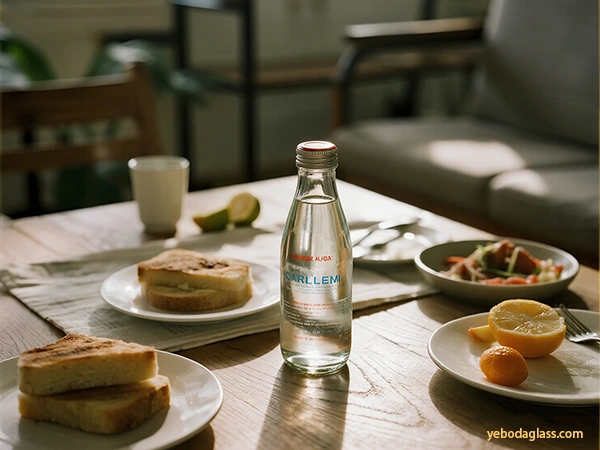
Flavored water and fortified water: the "assignment" of additives
This kind of water has diverse substances brought, and its balance is greater complicated.
- Flavored water: consists of sugar, sweeteners, flavors, pigments, etc. Sugar is a microbial subculture medium, that allows you to accelerate the replica of micro organism and yeast after starting. Flavors and pigments may decompose under light or high temperature.
- Fortified water: Add vitamins and minerals. Water-soluble nutrients are touchy to mild, temperature and oxygen and are effortlessly degraded. Minerals may additionally precipitate after long-time period garage.
The more additives there are, the more fragile the “physique” of bottled water is, and the higher the storage conditions are required.
The secret of bottle material: plastic, glass, which is the "best partner" of water?
Bottle material is crucial to maintaining water quality.
Polyethylene terephthalate (PET)
PET is the most commonly used material for bottled water.
- Advantages: transparent, light, drop-resistant, low cost, and has certain gas barrier properties.
- Disadvantages: Chemical migration: hint antimony might also precipitate underneath high temperature or lengthy-time period storage.
- Gas permeability: PET is not completely impermeable, oxygen may input slowly, and carbon dioxide may escape.
- Adsorption: It may additionally absorb odors from the surrounding environment.
High-density polyethylene (HDPE)
HDPE is generally used in milk bottles, and so on., and is opaque.
- Advantages: High chemical stability, higher fuel barrier than PET.
- Disadvantages: Opaque, not common in small bottles of water.
Polycarbonate (PC)
PC is used in massive water dispenser barrels.
- Advantages: Strong and durable, reusable, and distinctly obvious.
- Disadvantages: Contains bisphenol A (BPA), and its potential fitness dangers are of challenge.
Glass: The "gold popular" for water, however it has its boundaries
Glass bottles are considered the first-class material for storing water.
- Advantages: Chemically inert, no substance precipitation; zero permeability, most water first-class renovation; no adsorption.
- Disadvantages: Fragile, bulky, and high-priced.
Although glass is excellent, its high cost and inconvenience limit its popularity.
Environmental storage factors
The storage environment is the key to determining the freshness of water quality.
Temperature fluctuations: "catalysts" of chemical reactions
- High temperature: accelerates chemical precipitation of plastics and microbial growth; affects taste and accelerates CO2 escape from sparkling water.
- Low temperature: significantly slows chemical precipitation and microbial growth, and is the best storage temperature. Extremely low temperatures may cause water to freeze and crack the bottle.
Direct light (UV radiation): "enemy" of plastics, "friend" of algae
Ultraviolet (UV) radiation is an invisible killer.
- Plastic degradation: accelerates the degradation of plastic bottles and promotes the precipitation of chemicals.
- Promotes algae growth: Sunlight may promote the growth of algae in the bottle, causing the water to turn green or turbid.
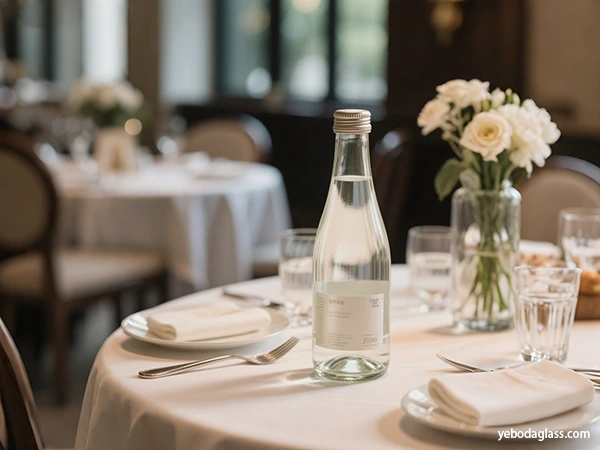
Humidity: "accomplice" of external pollution
High humidity environments are prone to mold and bacteria, contaminating the bottle body and bottle cap, and increasing the risk of drinking.
Proximity to Volatile Organic Compounds (VOCs) or Other Pollutants: "Absorbers" of Odors
Plastic bottled water is absorbent. If stored with VOCs such as gasoline, detergents, perfumes, or foods with strong odors, the water may absorb odors.
Therefore, storing bottled water in a cool, dry, dark, well-ventilated place away from chemicals and odor sources is the key to maintaining its quality.
Shelf Life and Age: The "Test" of Time on Water Quality
Bottled water has a “best before” date, which is not “eternal”.
The meaning of "best before" date: quality rather than safety
The “best before” date on bottled water usually refers to the quality assurance period. Before this date, the manufacturer guarantees that the water maintains the best sensory properties and chemical stability. Even if it is expired, if stored properly, it is usually still safe, but the taste may deteriorate and the plastic precipitate may increase slightly.
Cumulative effects of long-term storage: time is a “wear agent”
Long-term storage (several years) will produce cumulative effects:
- Organic degradation: water may lose its crisp taste and develop a slight plastic taste.
- Increased chemical precipitation: induced chemical substances (which includes antimony) will accumulate in water.
- Bottle ageing: plastic bottles become brittle and susceptible to breakage, increasing the hazard of contamination.
Regulatory history: Why does water have a shelf lifestyles?
Setting a shelf life is associated with regulatory necessities and purchaser expectancies. Regulations require pre-packaged ingredients to be classified with a shelf existence to make sure product freshness and high first-rate, and to assist consumers and stores with inventory management.
Typically, the shelf existence of unopened bottled water is between 1 and a couple of years, and glass bottled water may be longer.
Tips for retaining bottled water fresh
To maximize the “lifespan” of bottled water and make certain freshness and protection, please observe the following techniques:
Storage environment is king: cool, dry, darkish, ventilated
- Keep far from direct daylight: Avoid ultraviolet rays that accelerate plastic degradation and chemical precipitation.
- Keep cool: The ideal temperature is about 10-25°C, keep away from high temperatures.
- Keep dry: Prevent the growth of mold and micro organism.
- Keep faraway from smell sources: Avoid water absorbing odors such as gasoline, detergents, and perfume.
Purchase and inspection: Control great from the supply
- Check the production date and shelf existence: Choose the freshest product.
- Check the integrity of the bottle: Make sure there is no harm or cracks, and the bottle cap is sealed intact.
- Avoid buying water that has been exposed to the out of doors for a long term: Choose water on indoor cabinets.
Three Handling after beginning: Quick movement
- Drink as soon as viable: It is recommended to drink it within 24 hours after opening.
- Avoid consuming without delay from the mouth: prevent oral micro organism from getting into.
- Do not reuse disposable plastic bottles: easy to breed bacteria and accelerate plastic getting older.
Four Storage rotation: first in, first out
Follow the “first in, first out” precept and drink water that has been stored for an extended time first.
Be alert to abnormalities: believe your senses
- Observation: Do not drink if the water is turbid, has sediment or extraordinary colour.
- Smell: Do no longer drink if it has a strange odor.
- Taste: Stop ingesting without delay if it tastes terrible.
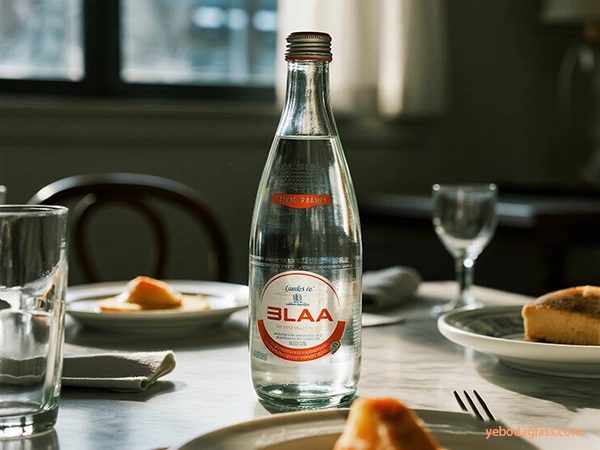
Add Your Heading Text Here
So, does bottled water go bad! The answer is yes. Although it’s going to no longer rot or mold, its nice will go to pot through the years, garage situations and packaging substances. From plastic precipitation to microbial growth, from temperature fluctuations to light erosion, the purity and protection of water may be affected.

